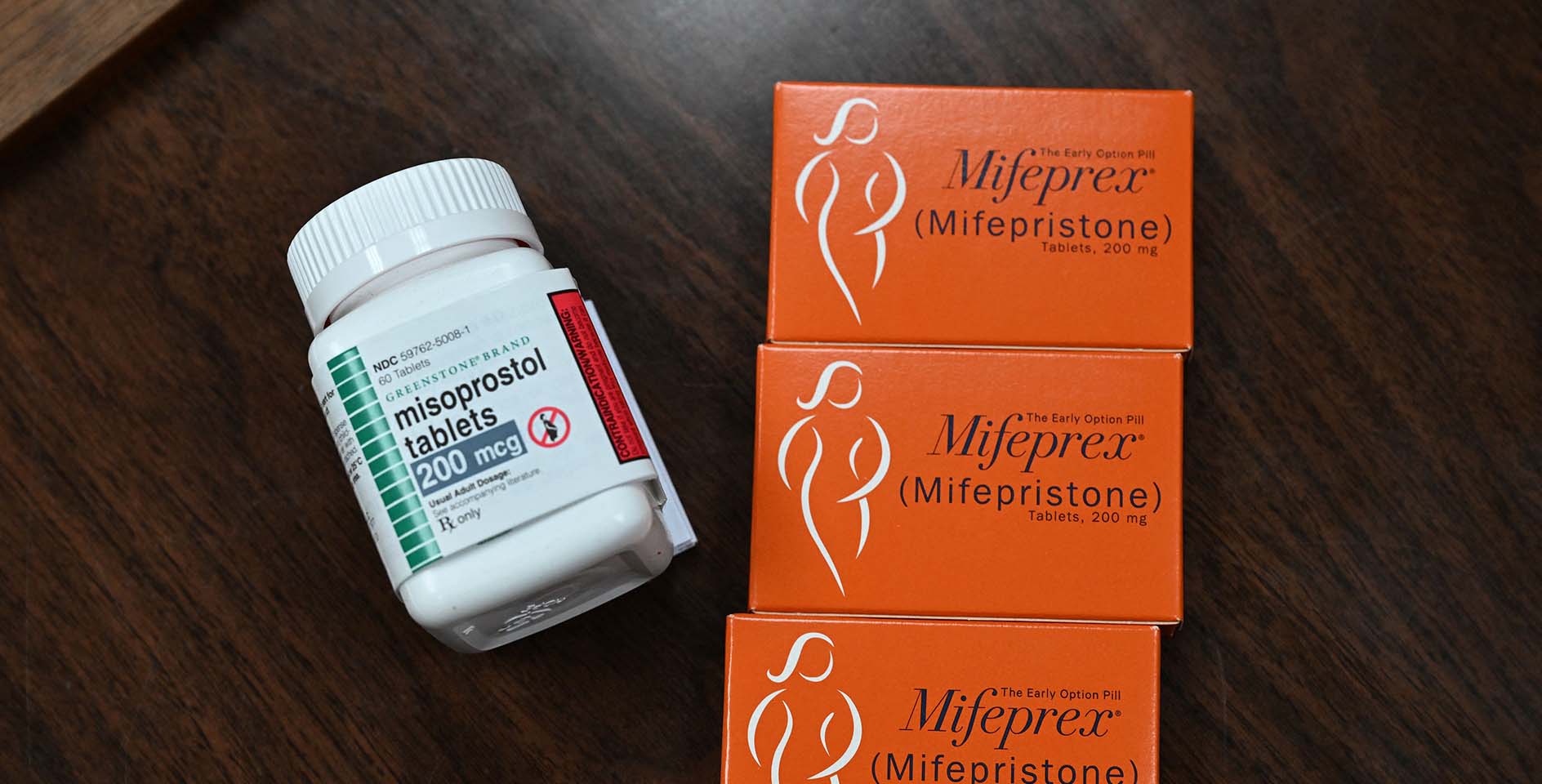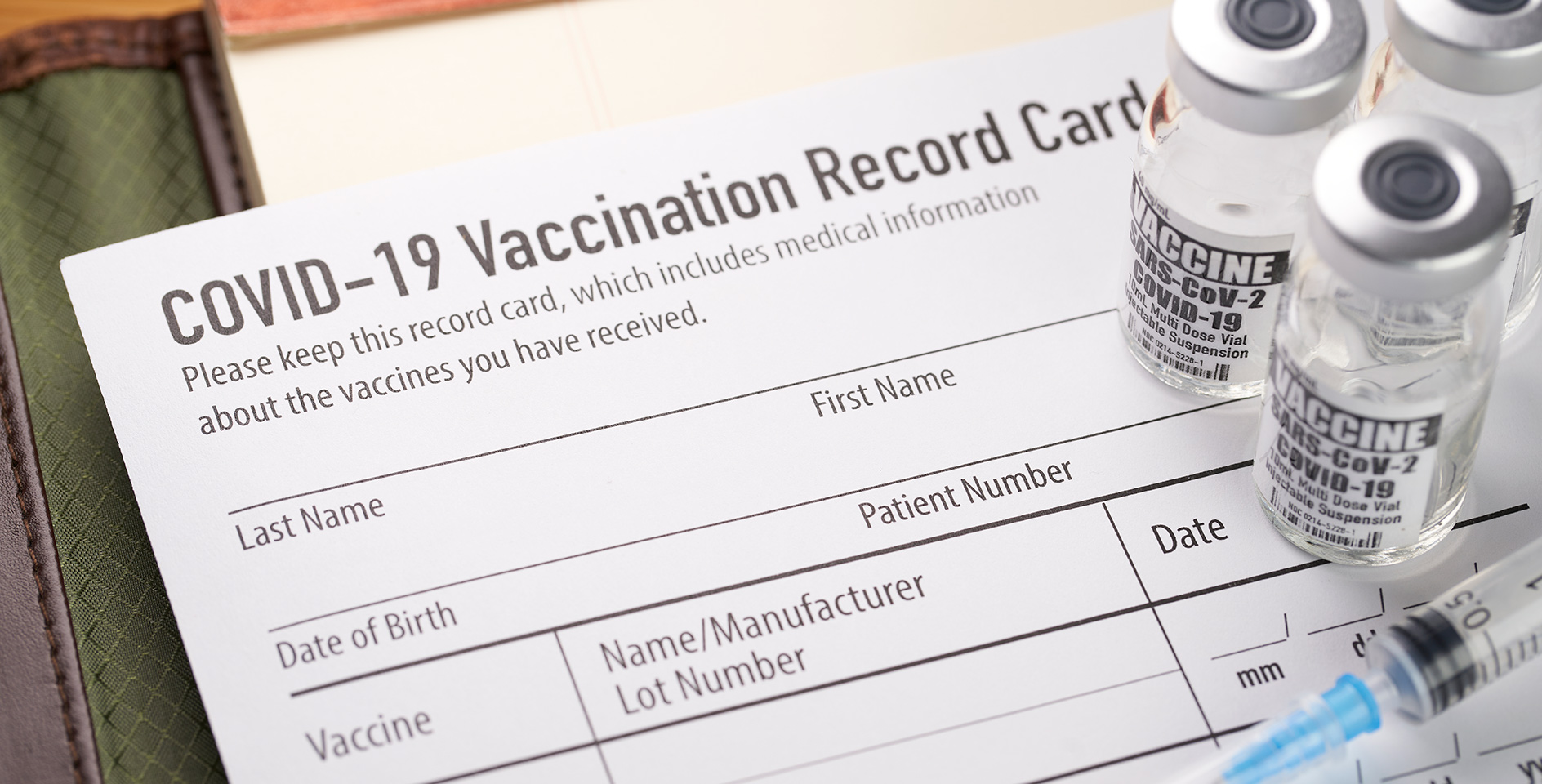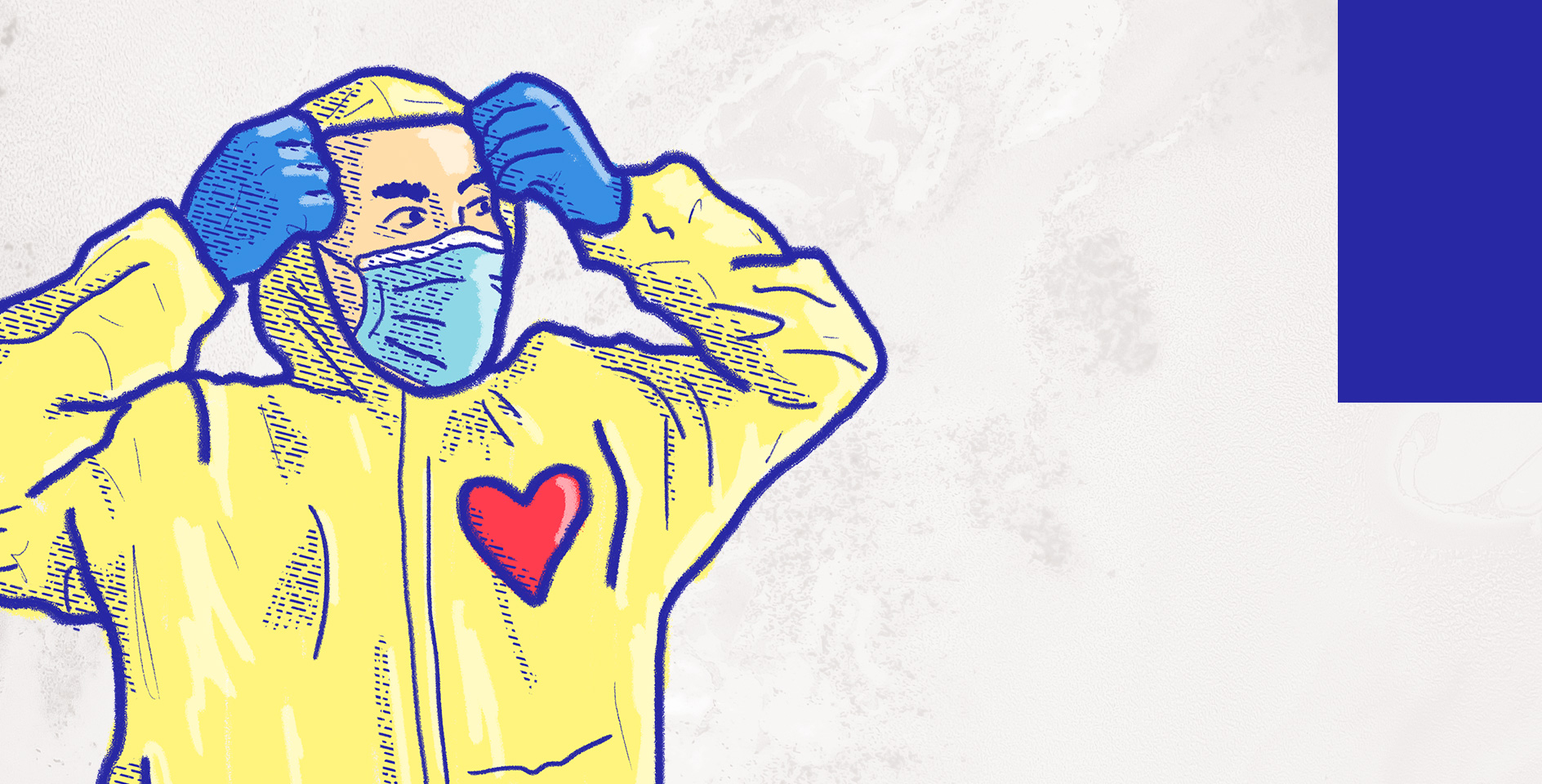On Nov. 9, pharmaceutical manufacturer Pfizer and the biotechnology company BioNTech announced that their vaccine candidate was found to be more than 90% effective in preventing COVID-19. “With today’s news,” said Dr. Albert Bourla, Pfizer Chairman and CEO, “we are a significant step closer to providing people around the world with a much-needed breakthrough to help bring an end to this global health crisis.” A week later, biotech company Moderna Inc. said that its own experimental vaccine was 94.5% effective in preventing disease in a clinical trial.
Here’s what you should know about vaccines and these RNA vaccine candidates.
What are vaccines, vaccinations, and immunizations?
According to the Centers for Disease Control, a vaccine is created from the same germs that cause disease, using extremely small amounts of weak or dead microbes such as viruses, bacteria, or toxins. A vaccine stimulates your immune system to produce antibodies, exactly as it would if you were exposed to the disease. After getting vaccinated, you develop immunity to that disease, without having to get the disease first.
Normally, vaccines are made up of small or inactivated doses of the whole disease-causing organism (known as the antigen) which are injected into the body to provoke the immune system into creating antibodies. But both the Pfzier and Moderna are RNA vaccines. This type works by introducing an mRNA sequence (i.e., the molecule which tells cells what to build) which is coded for a disease specific antigen (in this case, the SARS-CoV-2 spike protein). This causes the body to both produce some of the viral proteins itself. Once produced within the body, the antigen is recognized by the immune system, preparing it to fight the real thing.
Vaccination is the act of getting a vaccine, usually as a shot, while immunization is the process of becoming immune to (i.e., protected against) a disease.
What are the advantages of RNA vaccines?
RNA vaccines have significant advantages over some other vaccines. They are not infectious, meaning there is no chance the vaccine will give you the disease it is immunizing you against. The vaccine also has a very low risk of triggering an unwanted immune reaction, since it is nothing more than a blueprint for ribosomes to make proteins—something your body already does every day.
RNA vaccines also bypass the step of giving you a small infection (which triggers the immune response) and having the immune cells find the virus, process it, and present the viral antigens to your immune system. RNA vaccines are also easier to produce than traditional vaccines, so they can be manufactured more quickly.
What does it mean for a vaccine to be 90-95% effective?
The clinical trial of the Pfizer vaccine ran from July 17 to Nov. 8 and enrolled 43,538 participants, 38,955 of whom received a second dose of the vaccine candidate. The trial was double-blind, which means half of them got the test vaccine and half got a placebo (a shot of saline). The trial continued until a total of 164 confirmed COVID-19 cases were accrued. There were 10 severe cases of COVID-19 observed in the trial, with nine of the cases occurring in the placebo group and one in the vaccinated group. According to Pfizer, that works out to an efficacy of 95%.
Vaccine efficacy is the percent reduction in disease incidence in a vaccinated group compared to an unvaccinated group under optimal conditions (e.g., in a clinical trial). Vaccine effectiveness is the ability of a vaccine to prevent a disease in real world settings. “Efficacy is more of an individual level,” says Stephen Thomas, the chief of infectious disease at SUNY Upstate Medical University, “whereas effectiveness is almost at a sort of a population level.”
According to Thomas, if the efficacy of a vaccine is 90%, then your risk of getting COVID-19 after being vaccinated is reduced by 90%. (By comparison, the 2019–2020 influenza vaccine had an efficacy of 45%.)
Why are individual vaccinations a matter of public health or concern?
The purpose of vaccinations is not only to immunize an individual but also to provide immunization for an entire community.
When a critical portion of a community is immunized against a contagious disease, the remaining members are also protected because there is little opportunity for an outbreak. Even those who are not eligible for certain vaccines—such as infants, pregnant women, or immunocompromised individuals (for example, children with leukemia)—get some protection because the spread of contagious disease is contained.
This is known as “community immunity” or “herd immunity” and is the primary benefit of vaccines both to individuals and also to society. The point at which herd immunity is obtained is related to the rate of transmission. The more infectious a disease is, the more people need to be immune before herd immunity can be achieved. The herd immunity threshold for COVID-19 is estimated to be about 70% of the U.S. population. This means that almost two-thirds of Americans will need to get the vaccine (or be infected with COVID-19) before herd immunity is achieved.
What happens next?
Pfizer announced that in the next few days it will request an emergency use authorization from the Food and Drug Administration (FDA). The FDA Commissioner is authorized by federal law to allow unapproved medical products in an emergency to diagnose, treat, or prevent serious or life-threatening diseases or conditions caused by chemical, biological, radiological, and nuclear threat agents when there are no adequate, approved, and available alternatives. Pfizer has said it expects to produce up to 50 million doses in 2020, and up to 1.3 billion doses in 2021. Since each vaccine requires two doses per person, they could immunize 25 million people by the end of the year and 650 million by the end of 2021.
Moderna has partnered with the Swiss drugmaker Lonza to produce 400 million doses of the vaccine annually. The U.S. firm is aiming for 500 million to 1 billion doses in total for 2021.
The U.S. government has said that the highest-priority groups, which include healthcare workers, the elderly, and people with underlying medical conditions, will get the vaccine first.









